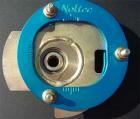| Revision as of 07:21, 19 December 2014 ddgonzal (Talk | contribs) (->-VE Camber (Negative camber)) <- Previous diff |
Revision as of 10:11, 15 February 2015 ddgonzal (Talk | contribs) Next diff -> |
||
| Line 1: | Line 1: | ||
| - | The stock 1200 suspension is non-adjustable for Camber. If the camber is out-of-specification, the factory recommends replacing parts. A good suspension man can sometimes bend the strut housing to correct for bad camber. But for upgrading to modern camber settings, there is no provision in the stock parts. | + | Checking camber is part of [[Wheel alignment|Alignment]] for proper tyre wear or to change handling characteristics. |
| + | |||
| + | = Overview = | ||
| + | The stock 1200 suspension is non-adjustable for Camber. If the camber is out-of-specification, the factory recommends replacing parts. A good suspension man can sometimes bend the strut housing to correct for bad camber. | ||
| + | |||
| + | For upgrading to modern camber settings, there is no provision in the stock parts. Fitting | ||
| + | custom adjustable parts is needed. | ||
| = -VE Camber (Negative camber) = | = -VE Camber (Negative camber) = | ||
| Line 36: | Line 42: | ||
| Small coilover type springs and adjustable strut tops are good for about 4.5 degree negative camber. | Small coilover type springs and adjustable strut tops are good for about 4.5 degree negative camber. | ||
| - | |||
| == Rear Axle == | == Rear Axle == | ||
Revision as of 10:11, 15 February 2015
Checking camber is part of Alignment for proper tyre wear or to change handling characteristics.
Overview
The stock 1200 suspension is non-adjustable for Camber. If the camber is out-of-specification, the factory recommends replacing parts. A good suspension man can sometimes bend the strut housing to correct for bad camber.
For upgrading to modern camber settings, there is no provision in the stock parts. Fitting custom adjustable parts is needed.
-VE Camber (Negative camber)
1.5 degrees negative camber can work well for racing or spirited driving. Large amounts of -VE are mainly for looks. For performance you want the tread parallel to the pavement. But since the car leans in corners, having some negative camber keeps the tire tread parallel to the pavement even when leaning.
-VE can be achieved in various ways:
- Slot the strut-top mounting points per the Nissan Competition suspension manual
- Redrill or slot the crossmember mounting points
- Install Aftermarket adjustable strut tops, which are adustable in one (camber) or two (camber & castor) dimensions:
- Use longer bottom arm. Or lengthen the arm, like this:
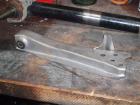
NOTE: B310/Stanza LCA is same length as 1200/120Y/Ute/B310/A10. All the same length.
- Another way to get a longer arm is to use a longer Ball Joint. The A10 and some B310 models use a longer ball joint which fixes the bottom of the strut further outboard (more neg. camber). 1200 Truck 1976-up has the steering arms to match the original 1200 struts to the newer ball joint. Use 1976-up LCA (B210, B310 or 1200 ute/truck) which the longer ball joint will bolt to.
W50 balljoint: A10 (Violet/Stanza/Auster/510) and non-A12 B310 (Sunny/210)
H74 balljoint: 1976-up 120Y/1976-up B120 (1200 ute)
See discussion Negative Camber
adjustable strut tops ... only helps to get a little bit more camber and/or castor. To get [a large amount of] camber, you need to run smaller diameter springs, as well as the adjustable strut tops. With the standard springs, the available adjustment will be restricted inside the strut tower by the large original spring diameter.
Small coilover type springs and adjustable strut tops are good for about 4.5 degree negative camber.
Rear Axle
Negative camber can be achieved with the straight axles by cutting and welding.
This axle has 2.5 degrees negative camber with reportedly no problem over three years of driving.
Discussion: 2.5 degree camber rear axle
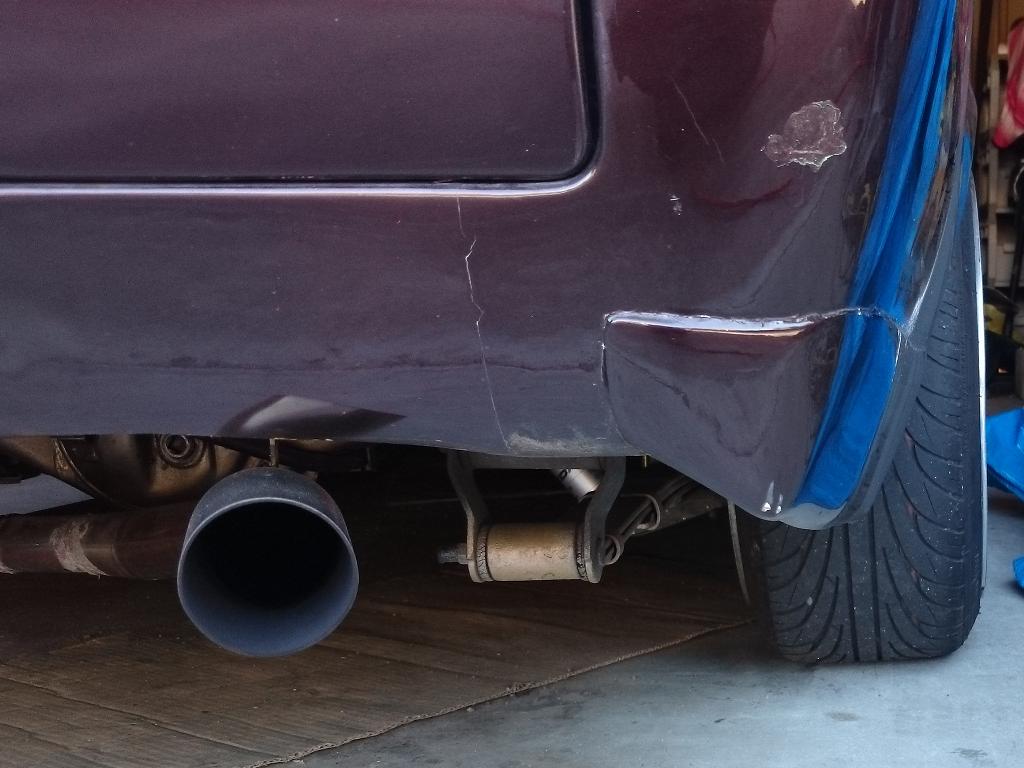
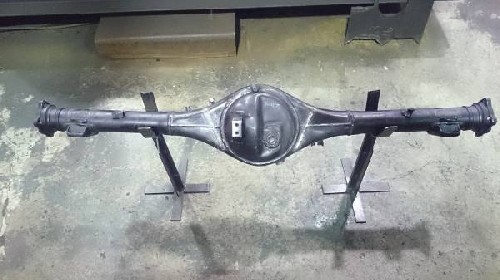
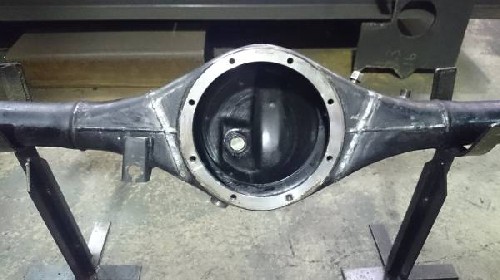
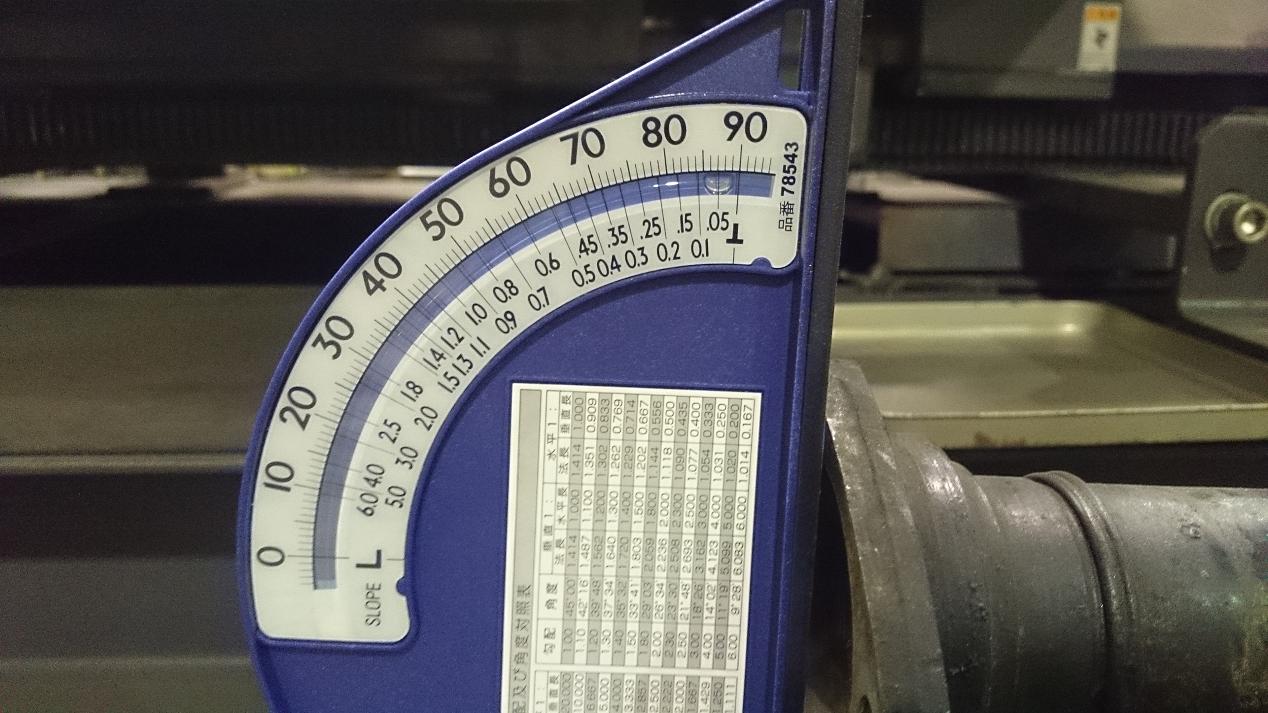


![[Datsun 1200 encyclopedia]](/wiki/upload/wiki.png)







